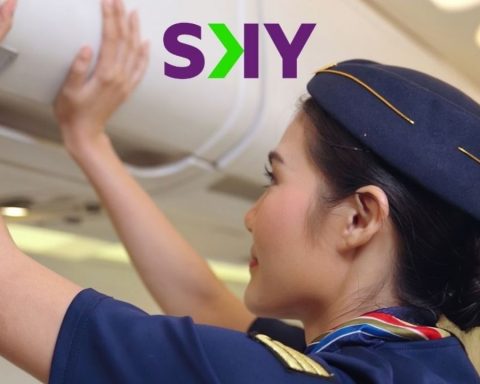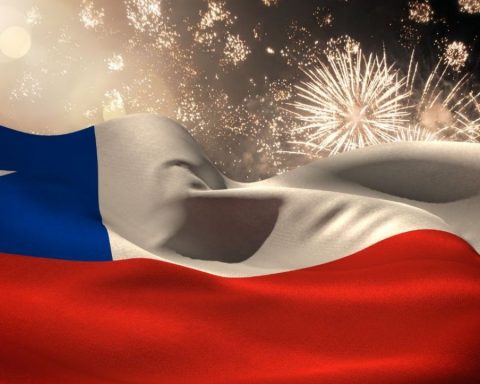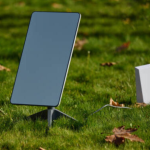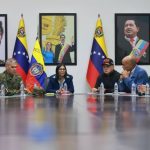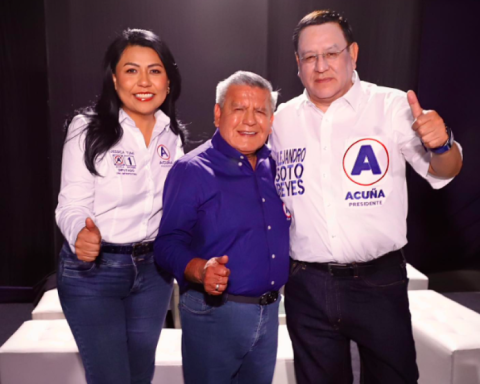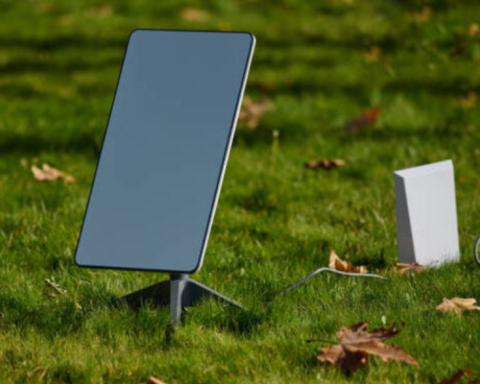“You, Don Humberto, told me that you lost everything, that you were left with what you were wearing (…). How will you celebrate Christmas tomorrow? What do you plan to do?” asked the journalist and face of the Press Department of Channel 13Mónica Pérez, to her interviewee, a victim of the emergency resulting from the fire in Viña del Mar, who, at the insistence of the professional, cried in front of the camera, forcing the communicator to assure that “her intention was not to do so cry”.
The fact was widely criticized on social networks and, as confirmed on Monday by the National Television Council (CNTV), caused more than 3,000 complaints against Channel 13, alluding to Pérez for “degrading treatment of a person who lost everything”, also referring to “issues of journalistic ethics”, according to what was detailed in a statement. It is worth mentioning that, in relation to the margins of action of sanctioning institutions, such as the CNTV itself, it can only act ex officio or through complaints, but the entity cannot pronounce itself until the directors that make it up make a decision in this regard.
Precisely, the director of supervision and control of the CNTV, Luis Breull, said that “regardless of the number of complaints received by the Council, this is a fact that will be submitted to the regular processing and analysis process, to inform the directors once once the deadline for filing complaints closes. This does not mean that, from now on, the material is being analyzed within the framework of proper functioning, as mandated by Law 18,838”.
But, beyond the limits of television, considering the need for sanctioning instances that cover all types of journalistic coverage, especially in cases of tragedies and socio-environmental disasters such as the one that occurred last weekend in the Valparaíso Region, the role of institutions such as the Association of Journalists, for example, is absolutely limited to the willingness of communicators to join said trade association. And in a fact that does not seem to be a coincidence, none of the anchor faces of the newscasts are collegiate.
In this regard, Daniela Pizarro, president of the Metropolitan Council of the Association of Journalists of Chile, explained that one must wait for a complaint to arrive before activating the Regional Court of Ethics and Discipline, which is limited to investigating only collegiate journalists, where the The organization provides recommendations but cannot go beyond that, since it does not have ethical protection. “The processes are still trying to be followed, but the rulings are related to the stay in the College. The maximum is to expel him, but, since most of them are not registered, then it is symbolic,” added Pizarro.
The absence of sanctioning instances in events of this nature is a reality that worries professors from various schools of Journalism in the country. For Dr. Daniela Lazcano, academic and researcher at the School of Journalism of the Pontificia Universidad Católica de Valparaíso (PUCV), beyond the fact that the College of Journalists exists and is articulated, there is a phenomenon that is also observed in other professions, where trade union representation and professional associations are not as widespread and, in many cases, are even discredited. “That is why many faces decide not to join the association, because this perspective of observing the profession itself as a group that should self-regulate and analyze itself is being lost,” she pointed out.
But the idea is also installed that, beyond the sanctions that exist, it must be the media themselves that must be capable of “self-regulating and self-imposing the highest standards, not to comply with the demands of censorship agencies, but to satisfy something that is much more important: the interests and demands of their audiences”. This is the opinion of Juan Pablo Figueroa, director of the Journalism program at the Alberto Hurtado University (UAH), who considers that it is precisely there where credibility and reputation are at stake, which are the main values of any media, which imply –by the way– practicing journalism impartially and ethically, with coverage that incorporates a focus on human rights and gender in each of the informative instances, from executive decision-making to the airing of the information.
Strategies and narratives of news coverage in emergencies
There is agreement that the fire last week in Viña del Mar exposed the repetitive use of widespread practices and habits by the media in general, and television in particular, to address emergencies and crises, such as This occurred in events of the past, such as the earthquake and tsunami in the southern part of the country, and the fire in the San Miguel prison, both tragedies that occurred in 2010. This is the belief of Dr. Claudia Lagos Lira, Associate Professor at the University of Chile and Researcher of the Millennium Nucleus for the Study of Politics, Public Opinion and Media in Chile (MEPOP).
For Lagos, “one of those habits has to do with the strategies and narratives that are highly incorporated into the news coverage, which accentuate some elements that are associated with increasing or accentuating the most emotional or conflictive issues, and that is a matrix that operates on different issues, both in socio-environmental disasters like the one we saw over the weekend, or the coverage of crime and assaults, or the increase in inflation”.
Likewise, the academic pointed to the centralization of news production as one of the factors that affects the lack of connection between information production and media content, with the diversity and specificity of what happens in cities other than Santiago. . “Each socio-environmental crisis gives us a pearl of this difficult and tense relationship between the central media –because we are talking about metropolitan media–, which turn to cover disasters in other parts of the country,” she stated.
In this way, seeking to find meaning in the narratives that are conveyed in journalistic coverage of this nature, academics agree that sending a face to the field – that does not necessarily belong to the corresponding Press Department, but could move in hybrid genres, like the morning show–, would have the objective of giving a sign of closeness and concern on the part of the editorial line of a respective media outlet. “In the end, if one looks at how the stories are being built in these different tragedies, the same script is repeated: that of the victim who is in his sinister place, where emphasis is placed on melodramatic elements, appealing to an emotion , where the journalist tries to pressure the interviewee to break,” said the PUCV academic, Daniela Lazcano, who is also director of the University Collective for Citizen Linkage and Communication of said house of studies (CUVIC).
Another of the elements that academics and researchers recognize in this type of journalistic coverage is when the reporter touches the interviewee, forcing a kind of hug, which could be interpreted as a gesture of empathy, causing –in his opinion– an “over-empathy”. which, finally, reduces the dignity of that interviewee, because his image is being abused to generate a television show. In addition, it is also part of the story, once the tragedy is over, to promote a discourse of unity and patriotism around a solidarity that shows the victims as subjects of charity.
Meanwhile, the director of the School of Journalism of the Diego Portales University (UDP), Gazi Jalil, expressed his concern about a problem that, in his opinion,– observes and persists, that it is the treatment of sources according to their social origin, “which is something that I thought was outdated in journalism, when journalists treated the source differently, depending on whether he was a businessman or a resident. Now I see that this persists, and that this different treatment according to their social origin is maintained in some cases”. For Jalil, television journalists are much more exposed, and a mistake like that of Mónica Pérez – probably forced by the immediacy of the live broadcast – strongly affects credibility and trust in journalism.
Finally, and as reiterated by Juan Pablo Figueroa (UAH), the journalist who goes to the field interacts with people who express a very powerful range of emotions, who in one way or another become part of what is being covered. For this reason, in his opinion, the treatment of information and sources in an ethical manner and with a focus on human rights is key, otherwise it is very easy to transfer from one place to another, turning journalistic and information coverage into a sample sensationalist who revictimizes those who lost everything. In this sense, the recent controversy starring Mónica Pérez – anchor face of the Press Department of the television station owned by Andrónico Luksic – reinstates the urgent need for a conscious journalism committed to human rights and respect for people, beyond their origin or social class.



